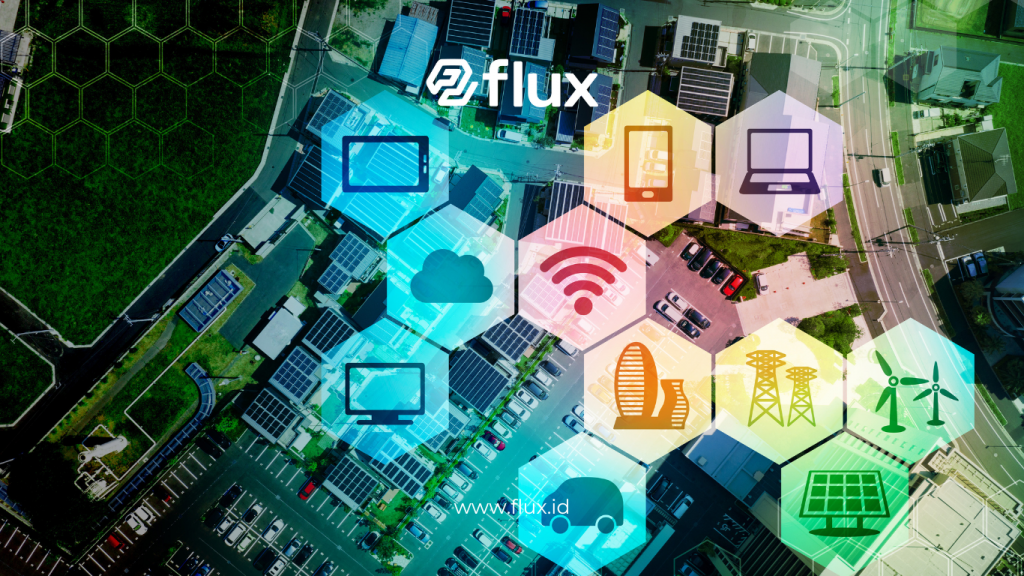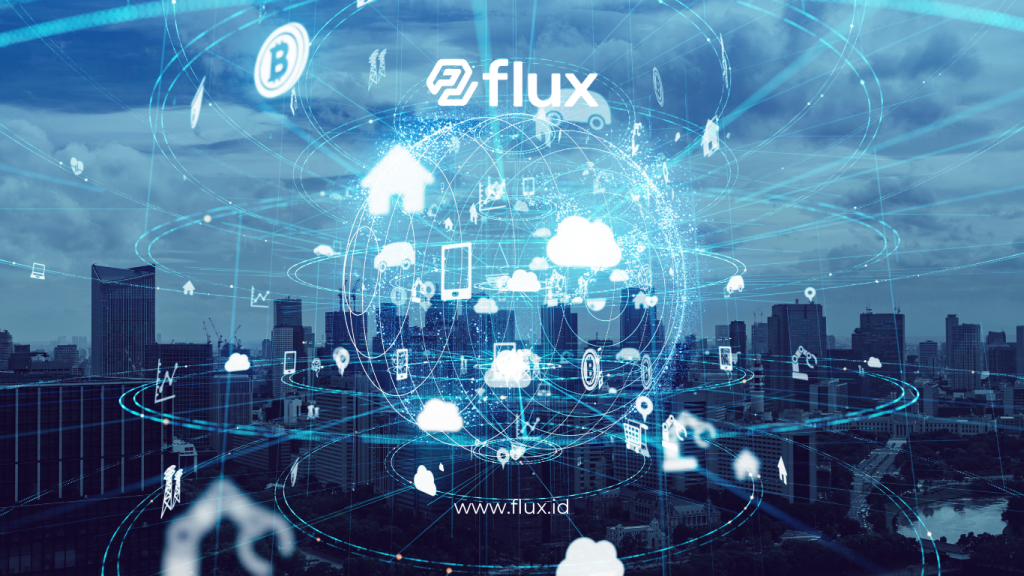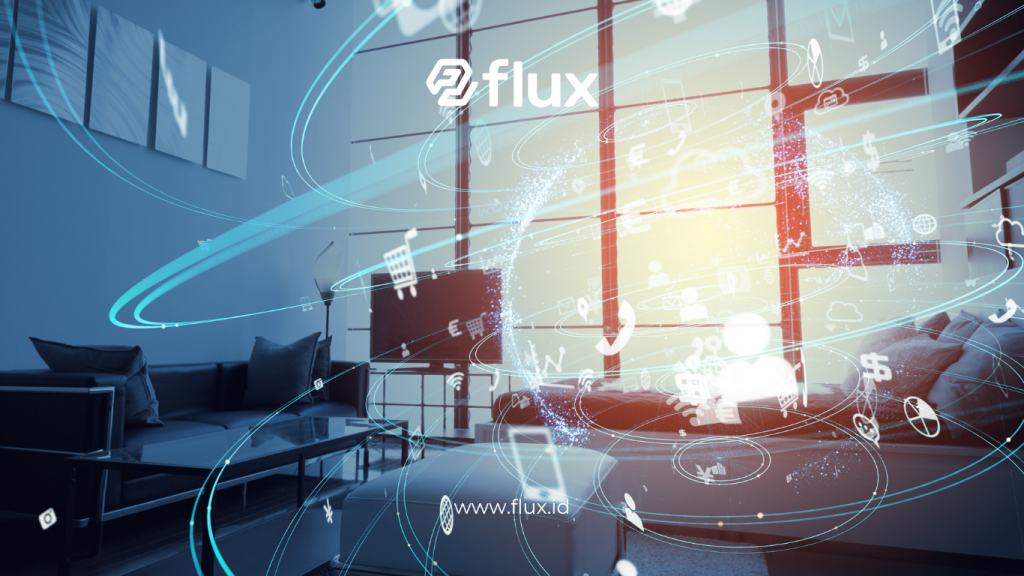Don't miss our holiday offer - 20% OFF!
The concept of smart cities is rapidly evolving, transforming the way we experience urban life. A key pillar in the development of smart cities is the Internet of Things (IoT), particularly IoT sensors. These sensors enable cities to gather real-time data, contributing to enhanced security, mobility, and energy efficiency. This article will explore the essential role of IoT sensors in these three primary aspects and how they contribute to a smarter, more comfortable, and sustainable urban environment.
Contents
1. Enhancing Security with IoT Sensors

Read More: Artificial Intelligence and IoT: Transforming an Ordinary House into a Smart Home
Security is a top priority for any smart city. IoT sensors can monitor and detect potentially dangerous situations with high accuracy.
a. Security Sensors in Public Areas
IoT-connected sensors, such as Closed-Circuit Television (CCTV), help monitor public areas. This technology can detect suspicious activities and alert local authorities.
b. Fire and Disaster Surveillance
IoT sensors for smoke and temperature detection help monitor fire risks in buildings and open areas. In disaster-prone regions, these sensors also detect ground shifts, providing early alerts for natural disasters.
c. Traffic Safety
IoT enables automatic traffic monitoring, where sensors can detect violations such as speeding or traffic light infractions. These systems contribute to safer roads for both drivers and pedestrians.
2. Improving Urban Mobility
Efficient mobility is integral to a smart city, allowing residents to move quickly and conveniently.
a. Smart Public Transportation Systems
IoT sensors in public transport monitor vehicle conditions and capacity. This information helps citizens choose the best routes and know real-time schedules for buses, trains, or other public vehicles.
b. Traffic Management
With IoT sensor technology, traffic control can adapt based on current road conditions. Traffic light sensors can automatically adjust the duration of green or red lights, helping reduce congestion.
c. Smart Parking
IoT-connected parking sensors inform drivers about available parking spaces in an area. This technology allows users to find empty spaces faster, reducing search times and vehicle emissions from idling engines.
3. Energy Efficiency for a Sustainable City

Read More: Optimizing Energy Management with IoT Sensors: Efficient Electricity Consumption Monitoring Solution
In creating a more eco-friendly environment, efficient energy usage is a key goal for any smart city. IoT sensors help cities optimize energy management.
a. Energy Usage in Buildings
IoT sensors in buildings can monitor electricity consumption and room temperatures. These systems automatically adjust heating and lighting based on occupancy, optimizing energy usage.
b. Smart Street Lighting
IoT sensors on streetlights allow light intensity to be adjusted according to time and activity in the area. For instance, lights can dim at night when there is little activity, then brighten when detecting movement.
c. Water Usage and Waste Management
IoT sensors monitor water consumption and waste management. By tracking water usage in public facilities and buildings, cities can identify leaks or inefficient usage, while enhancing recycling and waste management practices.
4. IoT Sensor Technology and Data Integration in Smart Cities

Read More: How Smart Trash Sensors Work in a Smart City: Optimizing Waste Management with IoT Technology
To function effectively, various IoT sensors need to be integrated into a single system that can be accessed and controlled centrally.
a. Data Analytics and AI
Data collected by these sensors are then processed through big data and machine learning technologies. For instance, using AI algorithms, traffic sensor data can be analyzed to predict peak hours or recommend alternative routes.
b. 5G Network Connectivity
IoT sensor implementation in smart cities relies on fast and stable networks. With 5G connectivity, sensors can communicate and transfer data faster, improving decision-making efficiency.
Challenges in Implementing IoT Sensors for Smart Cities
Despite the many benefits that IoT sensors offer in smart cities, there are some challenges in implementation:
- Data Security: Data collected by IoT sensors must be protected from unauthorized access.
- Costs and Infrastructure: Installing IoT sensors and the supporting network infrastructure requires a significant investment.
- Privacy: Sensors that monitor public activities must comply with applicable privacy regulations.
Conclusion
The role of IoT sensors in developing smart cities is undeniable. This technology significantly improves security, mobility, and energy efficiency, creating more comfortable and sustainable urban environments. Although challenges exist, the proper integration of IoT sensors in smart cities brings substantial benefits to society and the environment. In the future, IoT technology will play an increasingly vital role in supporting cities worldwide to address evolving needs in the digital era.





